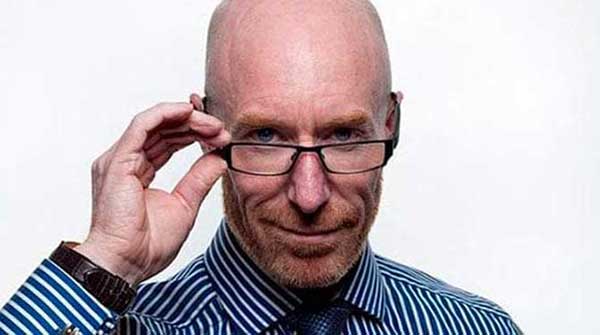Want to project more charisma? Practices these few basic skills

Let’s face it: in business dealings, charisma counts. A lot. And charisma is as much about body language and impression management as it is about issues and substance. I’ve seen many qualified people get passed over for promotion (or lose a sale or fail an interview) simply because they couldn’t project a sense of professional presence.
Max Weber, the father of sociology, first coined the term “charisma” to describe inspirational leaders. Originally from the Greek kharisma, meaning favour or divine gift, charisma has also been defined as “part confidence, part presence, and part sex appeal.” However we define it, we know it when we see it. We call someone charismatic when they somehow compel us to embrace their vision – whether it’s corporate, social, or political.
Nowhere is this more evident than in how people perceive you as a leader. So when I coach senior managers, I further define charisma as knowing how to present your best authentic self.
 |
| Related Stories |
| Why women in business should shake hands
|
| Men are bigger liars than women
|
| When your past success becomes an obstacle
|
Whether interviewing for a job, pitching your idea to a venture capitalist, addressing an audience of employees, or presenting a new business strategy to the board of directors, you are the most charismatic when what you feel is perfectly aligned with what you’re verbally expressing. (At that point, your body language automatically becomes congruent with your words.) That’s why leaders who don’t buy into an organizational change should never try to promote it and why leaders who are speaking candidly about their deepest values are so compelling.
People also tend to follow charismatic leaders because they are perceived as confident and upbeat. And here you can see the power of the body/mind connection in action. You already know that the way you feel affects your body language. (If you are depressed, you tend to round your shoulders, slump, and look down. If you are upbeat, you tend to smile and hold yourself erect).
But did you know that the reverse is also true? How you hold and carry yourself, your gestures, movements, and even your facial expressions affect your emotions by sending messages back to your brain.
For example, it has been demonstrated that a smile is not only a consequence of feeling happy or content. Putting on a smile can also induce physiological changes in body temperature, heart rate, and skin resistance. Smiling can actually make you feel happier. And several studies show that standing with good posture and legs planted firmly on the floor (about hip distance apart) can make you look and feel more confident.
The most charismatic leaders mix these signals of confidence and authority with a wide range of warmth and likeability cues. They display genuine smiles, maintain positive eye contact, use open-palm gestures when speaking, orient their bodies toward those they are engaging, touch others during conversations, etc. And anyone can be coached to include more of these positive signals (and to reduce unproductive or negative signs) in their interactions.
But here’s something else I discovered about charisma. Sometimes all you have to do to be truly impressive is to get out of your own way.
I once worked with the head of a research department who was preparing for a major business presentation. One-on-one, this man was charming, smart, and had a great sense of humour. In informal settings, his body language was congruent and expressive. But he was also an introvert. Put him on stage in front of an audience and he became a communications disaster.
You may be in a similar situation. When talking with friends, you speak coherently and convincingly, use your hands to help describe an event or object, smile, frown, shrug your shoulders and make broad, smooth gestures that add meaning to your messages. Yet, during important business presentations, you become anxious or self-conscious. And as a result, your usually eloquent speech and body language suffer.
If this happens to you, you may not need to work on your technique. Instead, like my client, you might be better off learning to relax and to focus more on the importance of your message and the impact you want it to have on your audience in order to let your natural enthusiasm and convincing body language “speak up.”
The next time you want to project your most charismatic self, follow these simple but powerful suggestions: Begin by focusing on your genuine emotional connection to your message so that your verbal and nonverbal messages begin to align organically. Then stand up straight, pull your shoulders back and hold your head high. (Just by assuming this physical position, you will start to feel surer of yourself.) Keep your body language warm and engaging. And, remember, when you add a smile, you not only engage others, you positively influence your own attitude.
Charismatic leaders are rarely born that way. Leaders can be perceived as more charismatic if they practice and improve these few basic skills. But don’t take my word for it. Try it and see for yourself.
Troy Media columnist Carol Kinsey Goman, PhD, is an executive coach, consultant, and international keynote speaker at corporate, government, and association events. She is also the author of STAND OUT: How to Build Your Leadership Presence.
For interview requests, click here.
The opinions expressed by our columnists and contributors are theirs alone and do not inherently or expressly reflect the views of our publication.
© Troy Media
Troy Media is an editorial content provider to media outlets and its own hosted community news outlets across Canada.